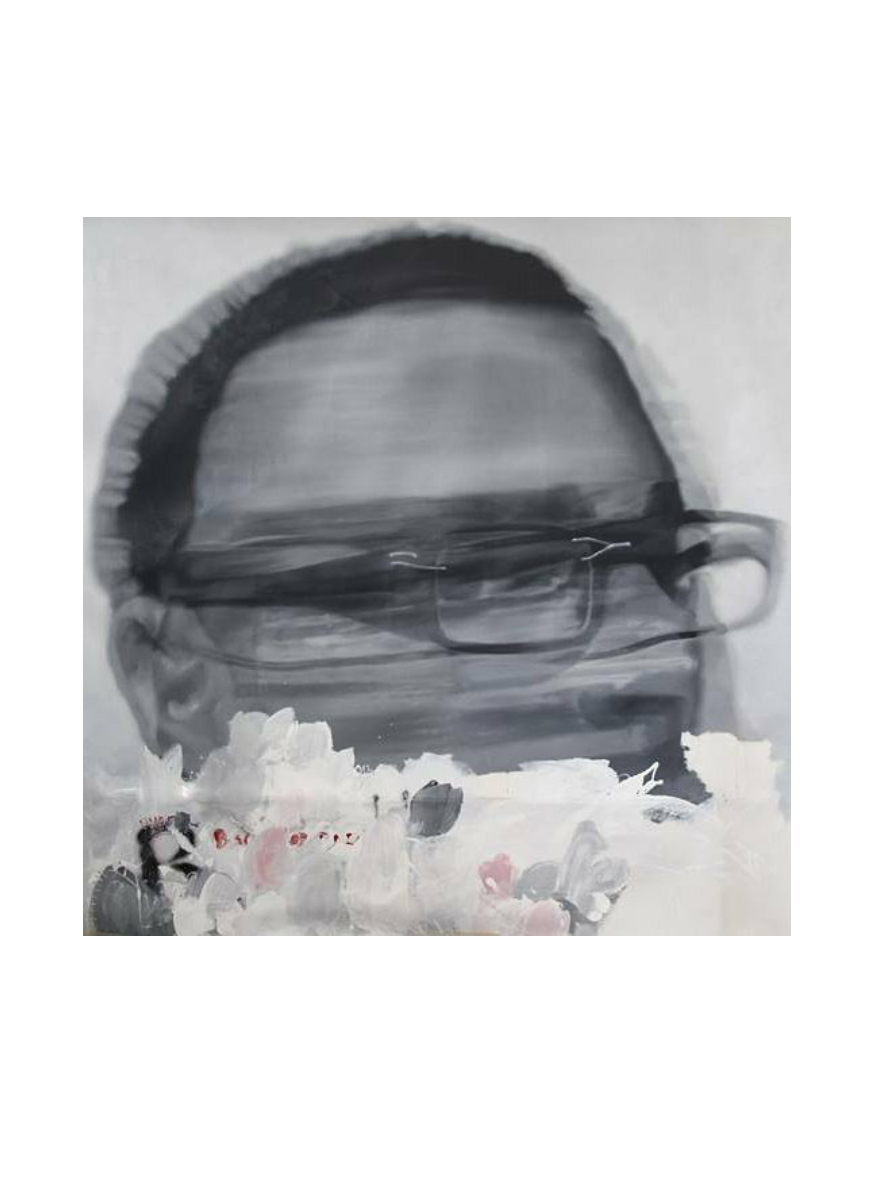
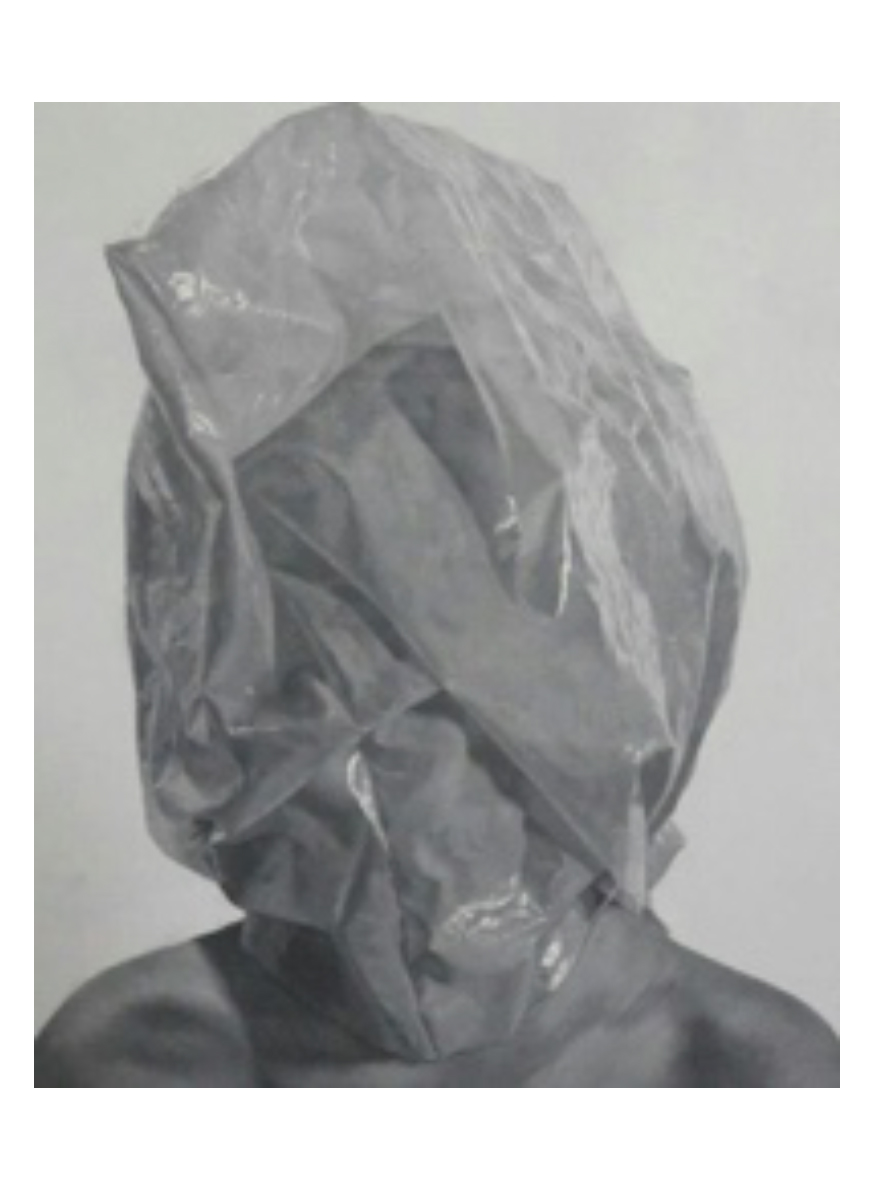
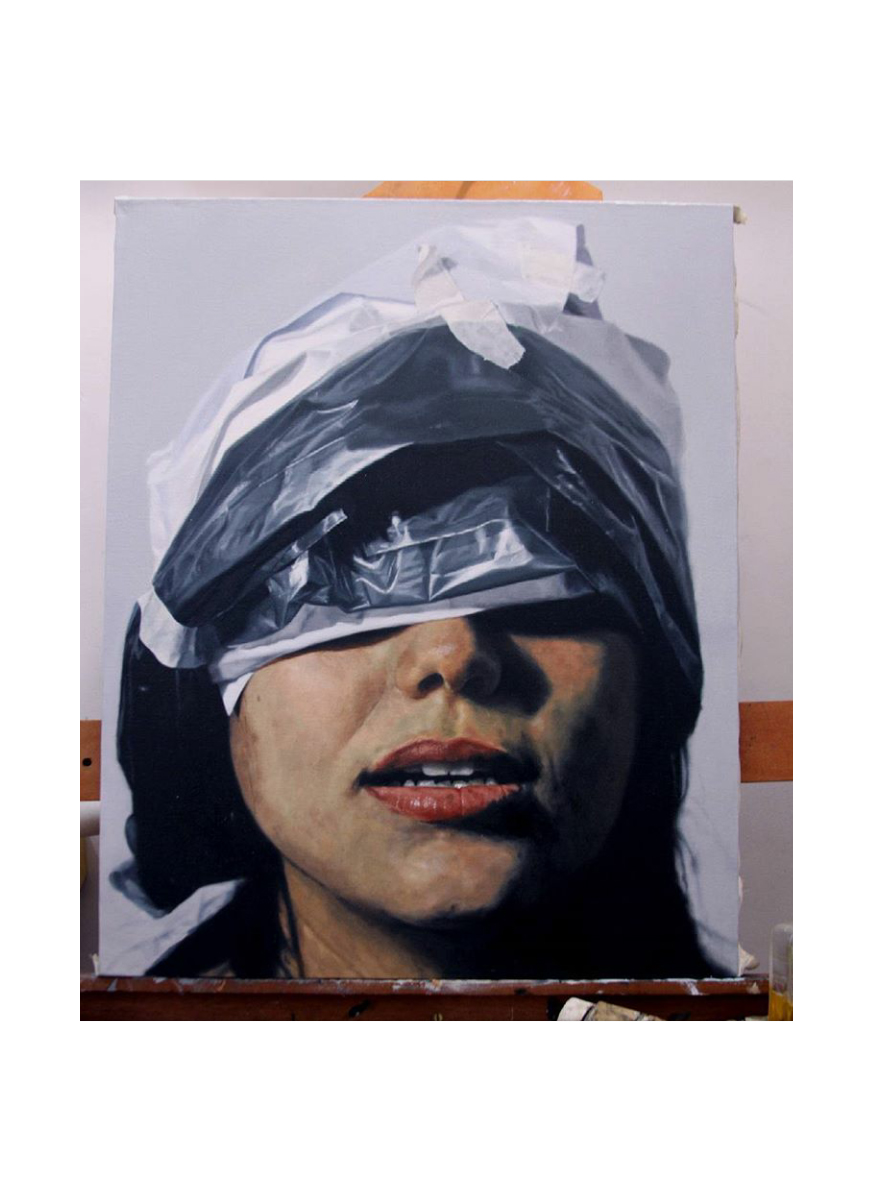
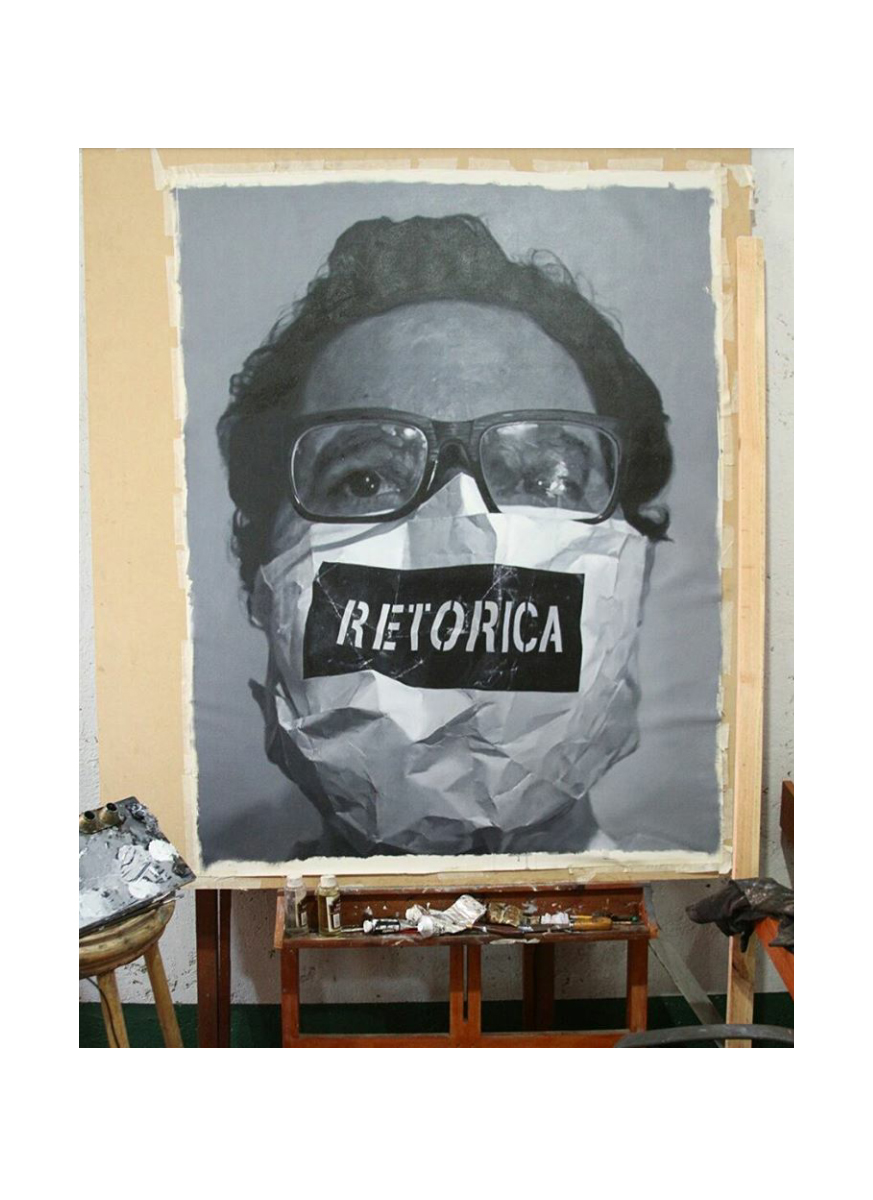
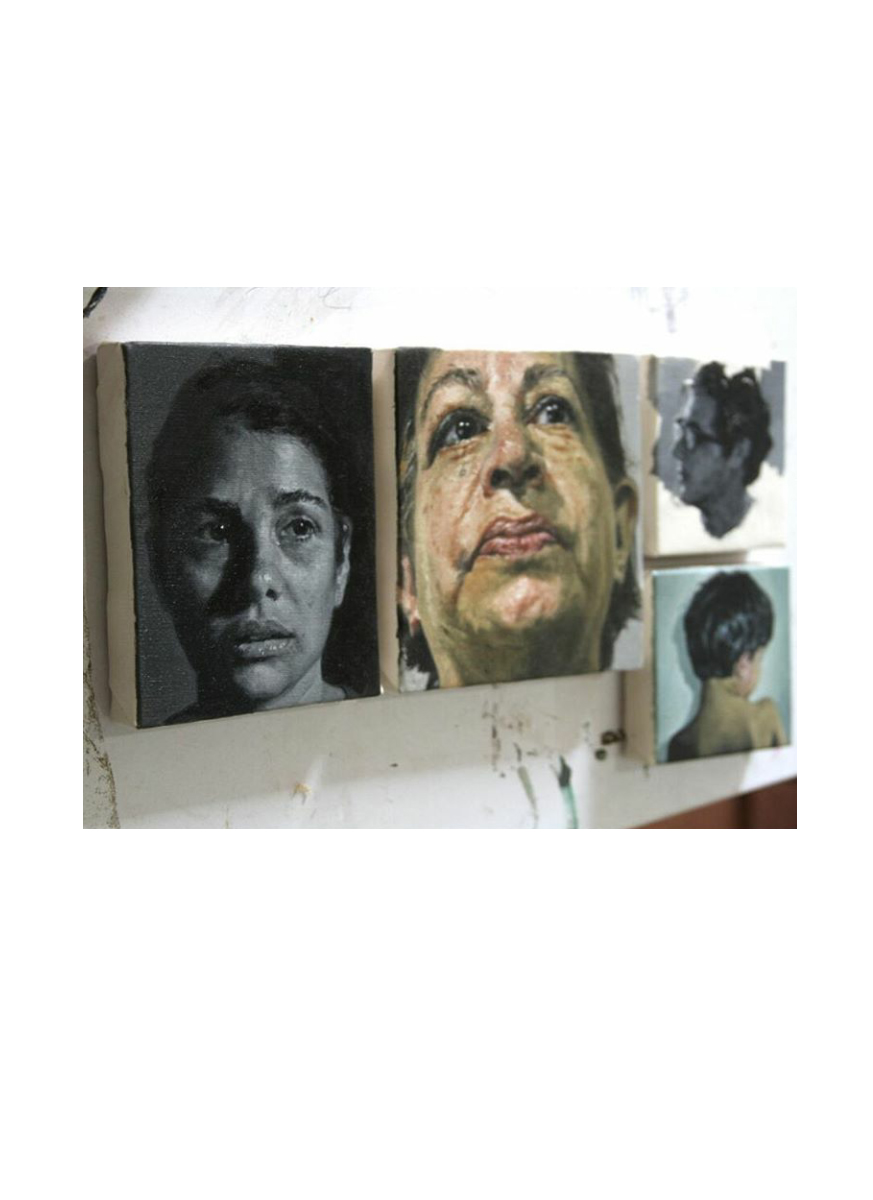
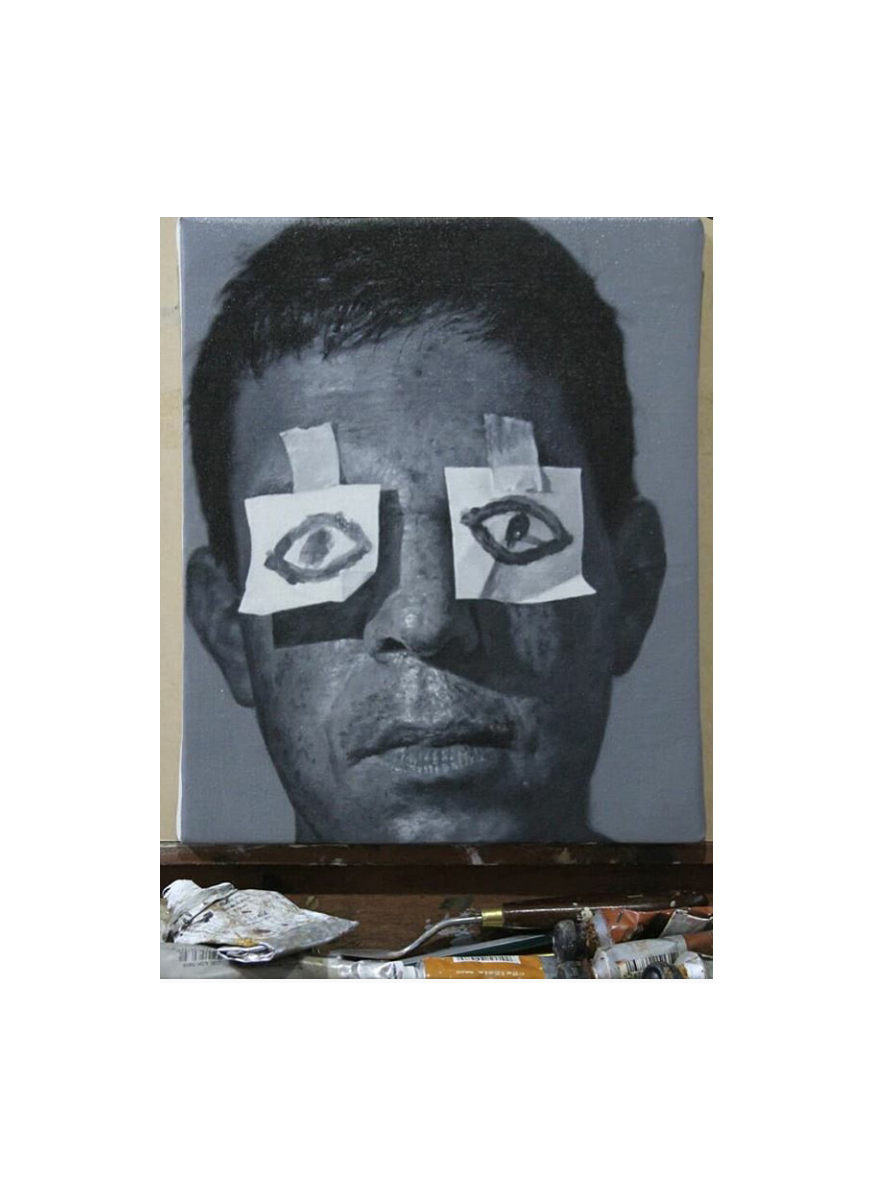
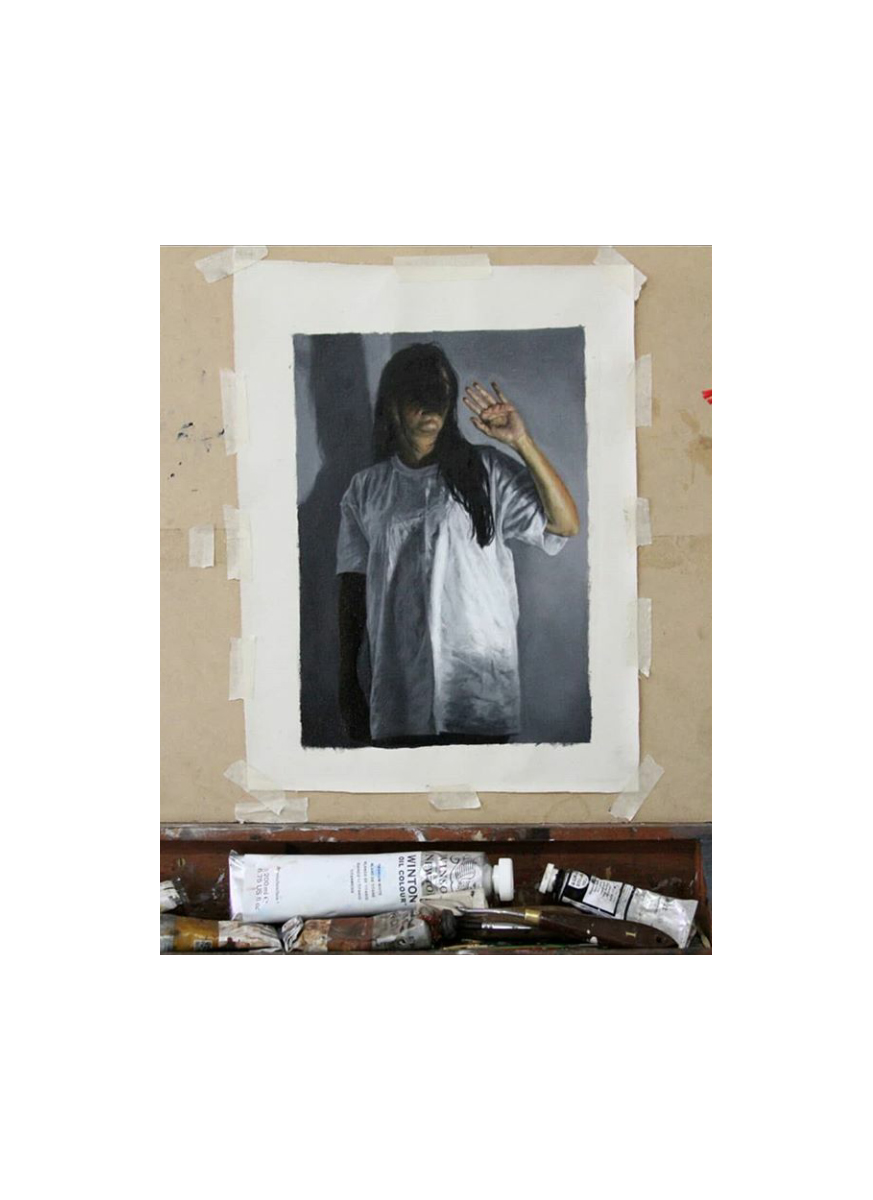
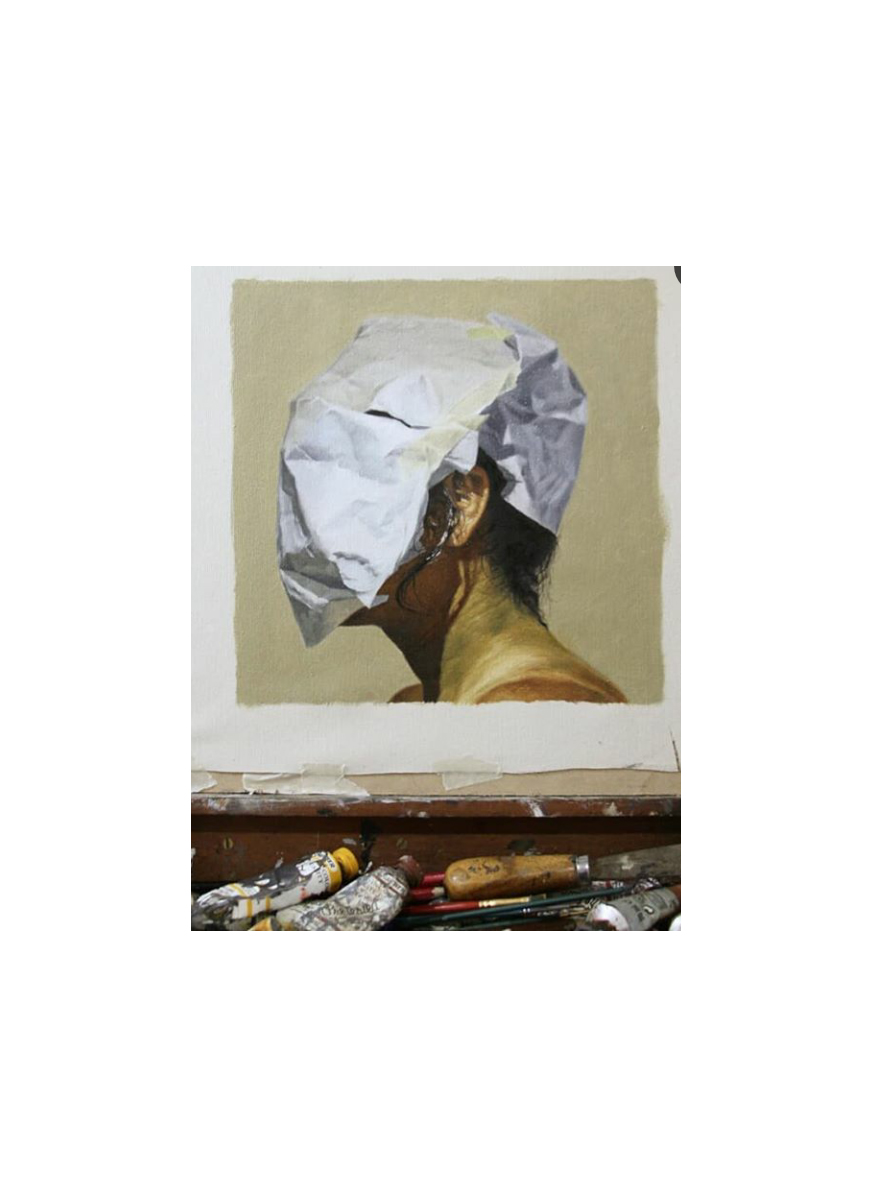
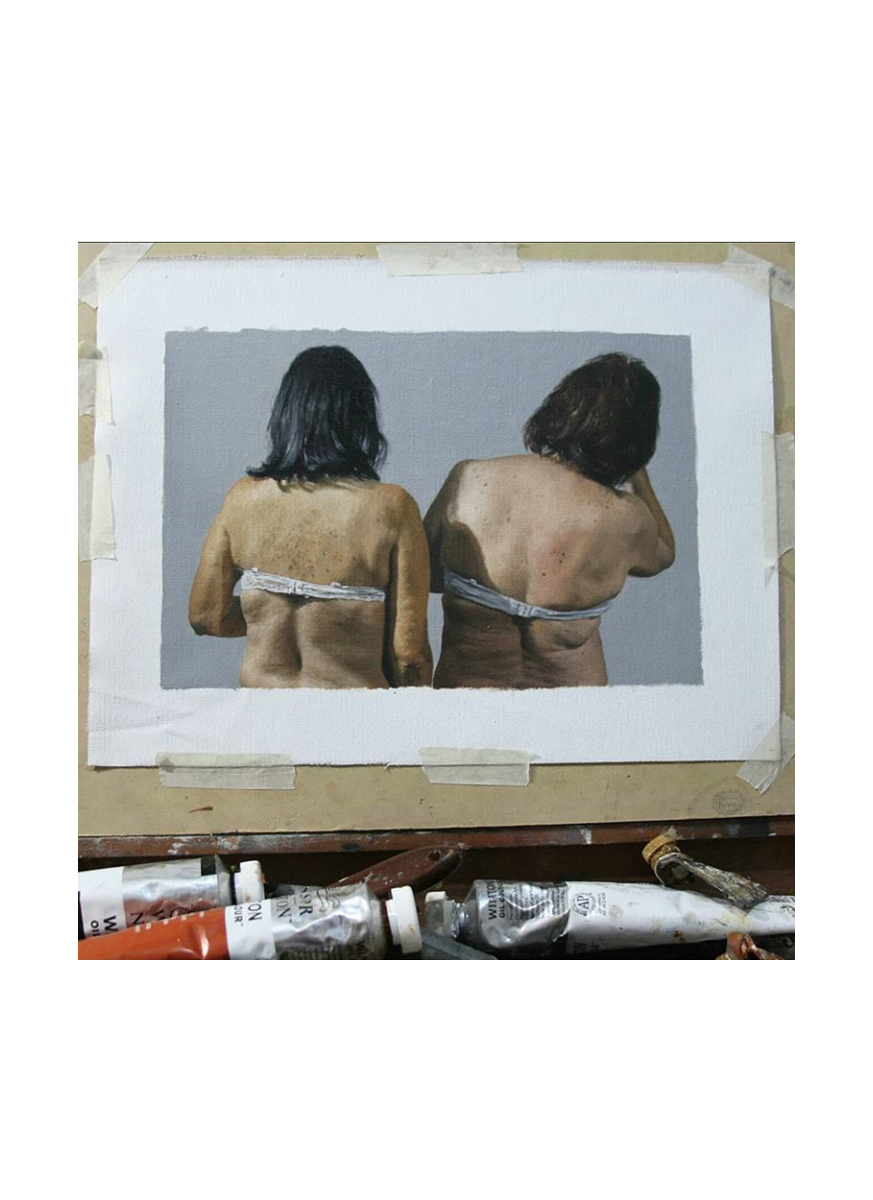
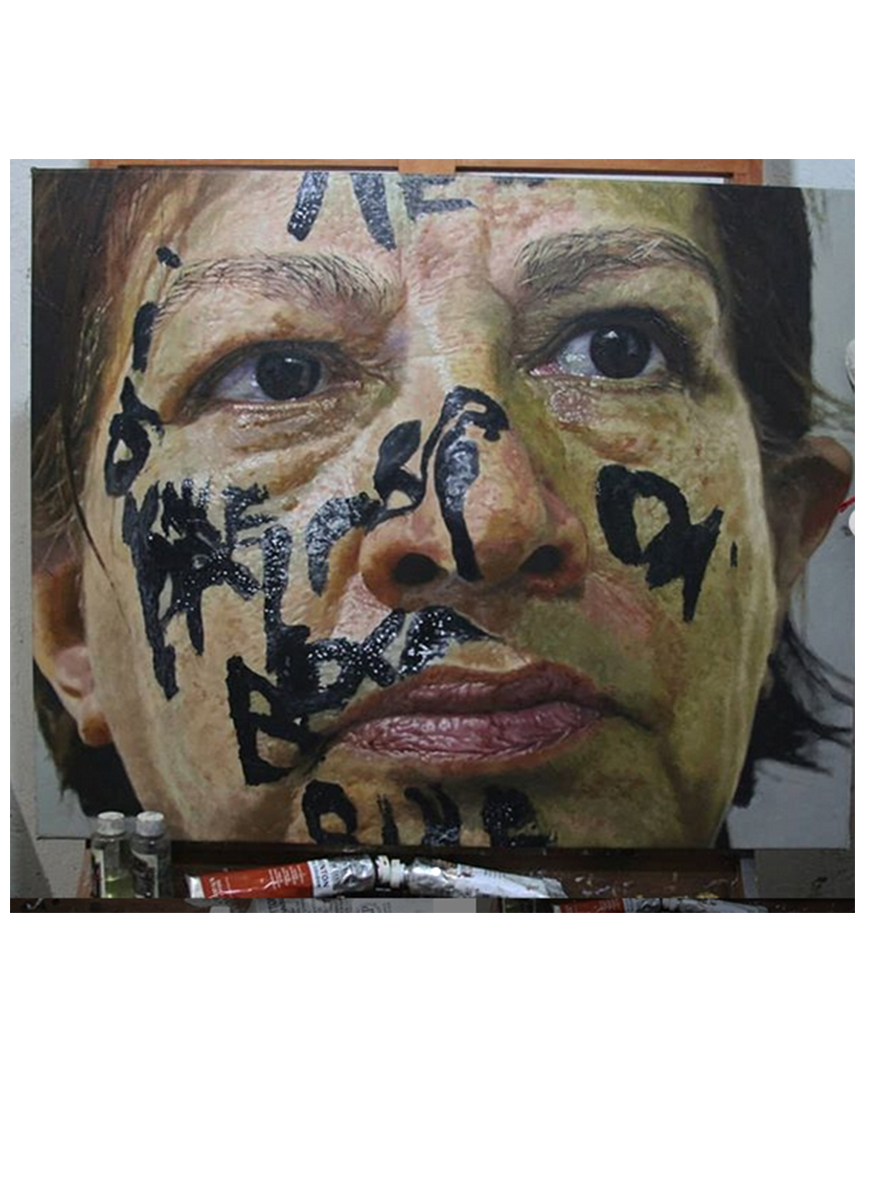

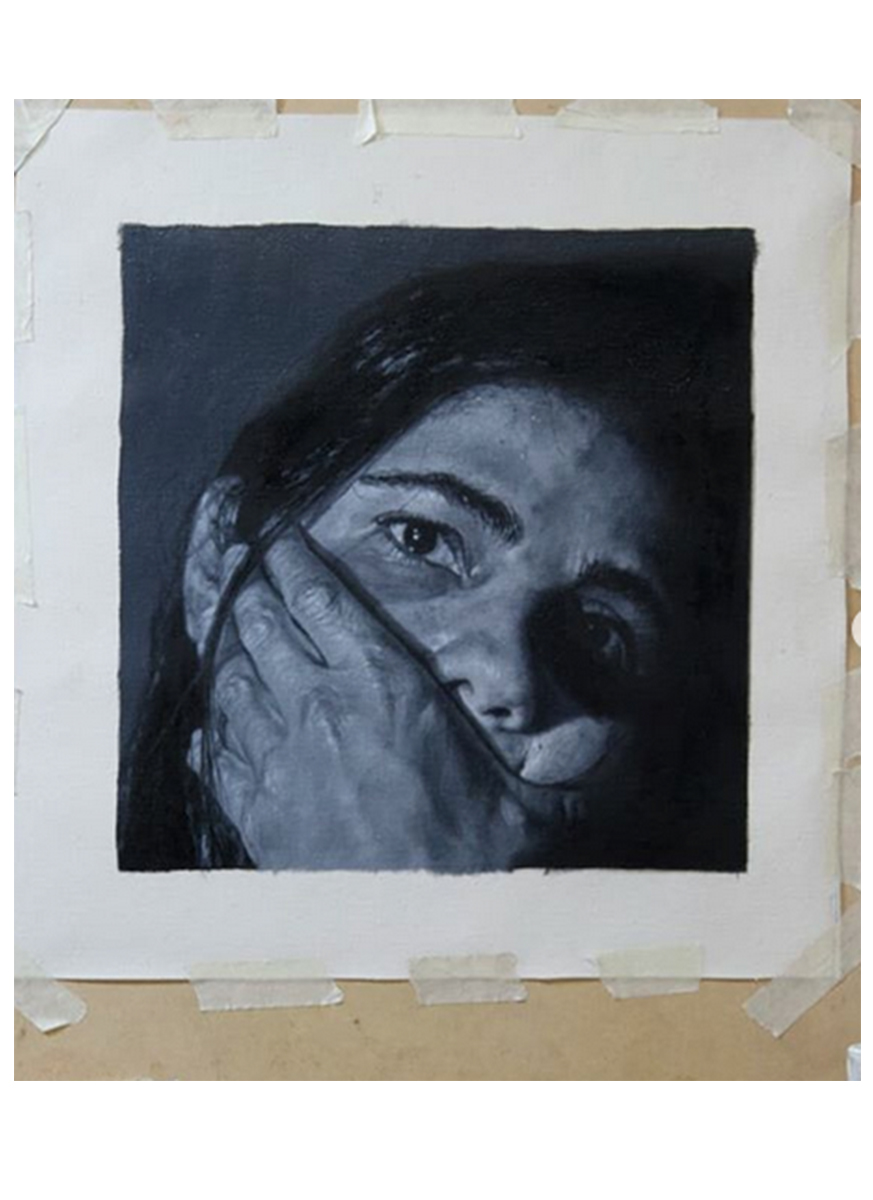
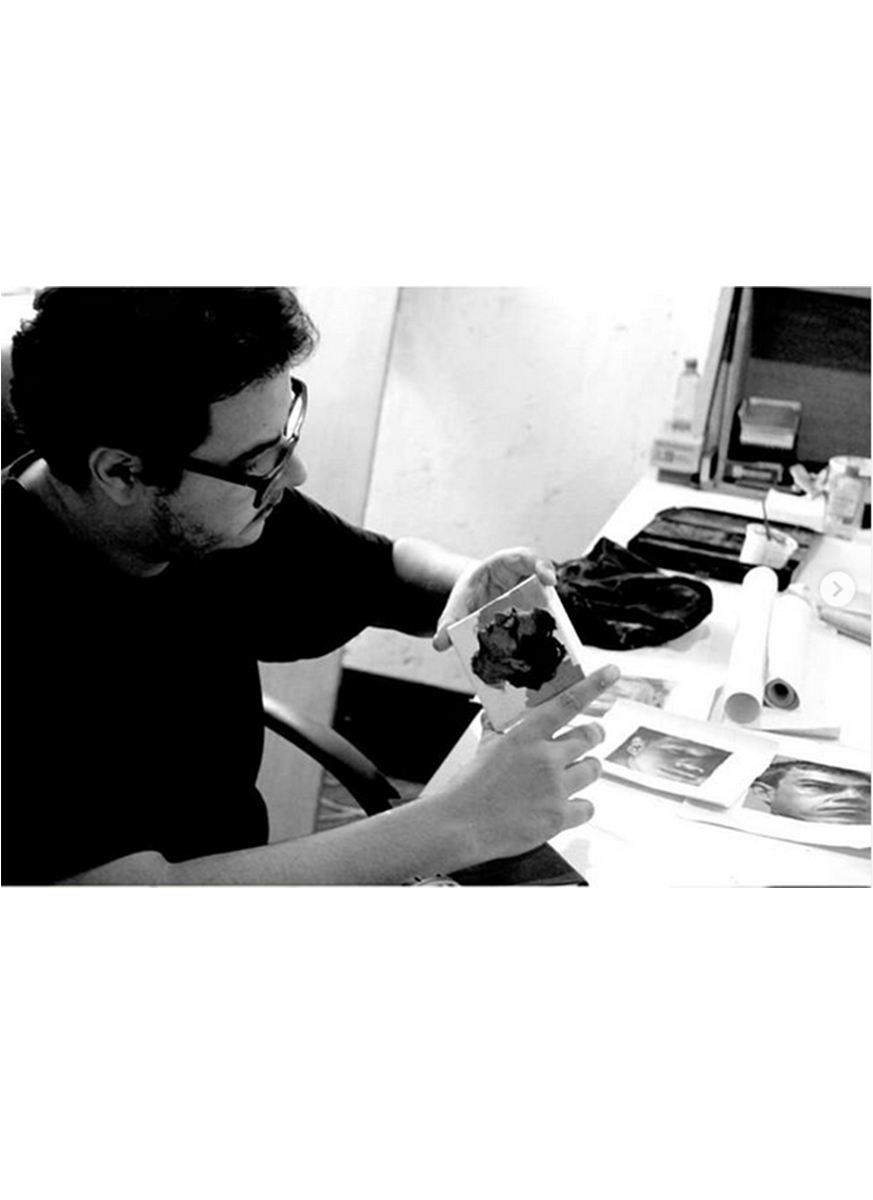
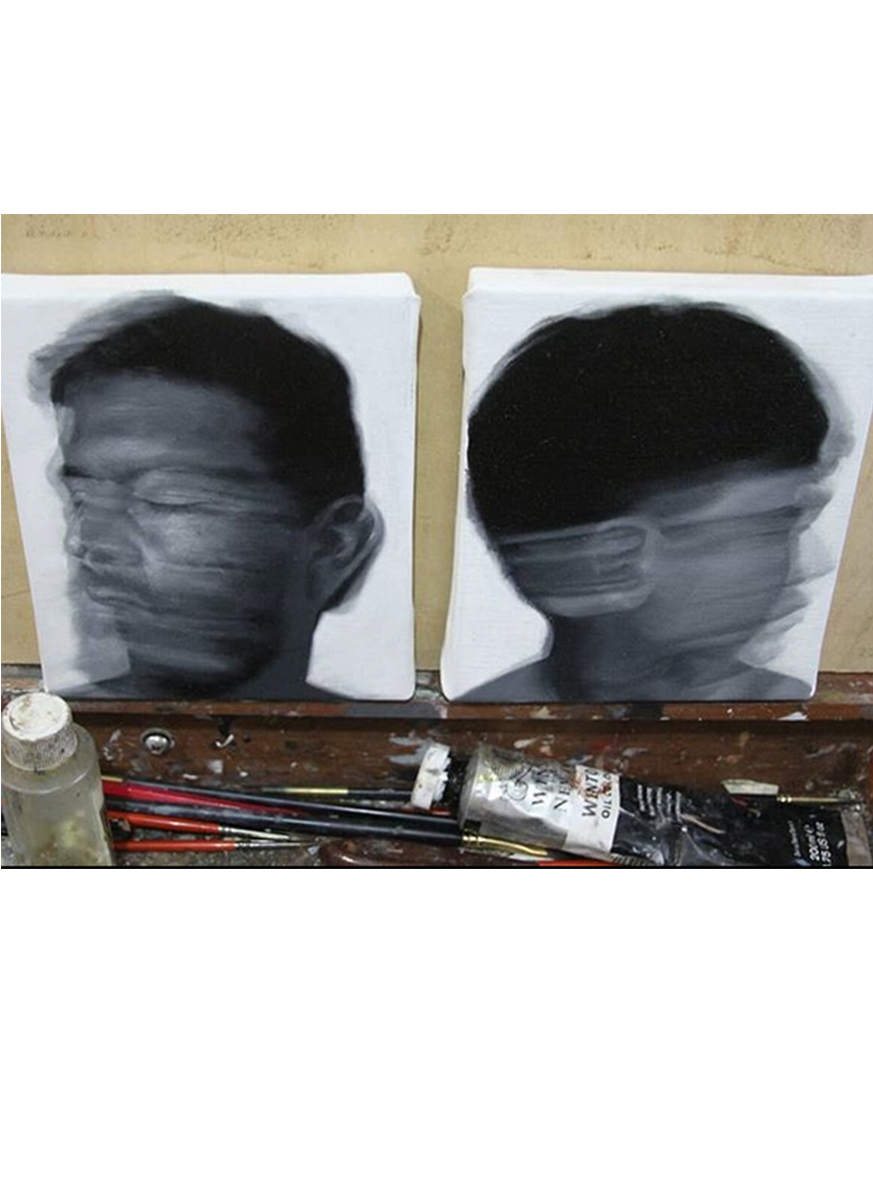
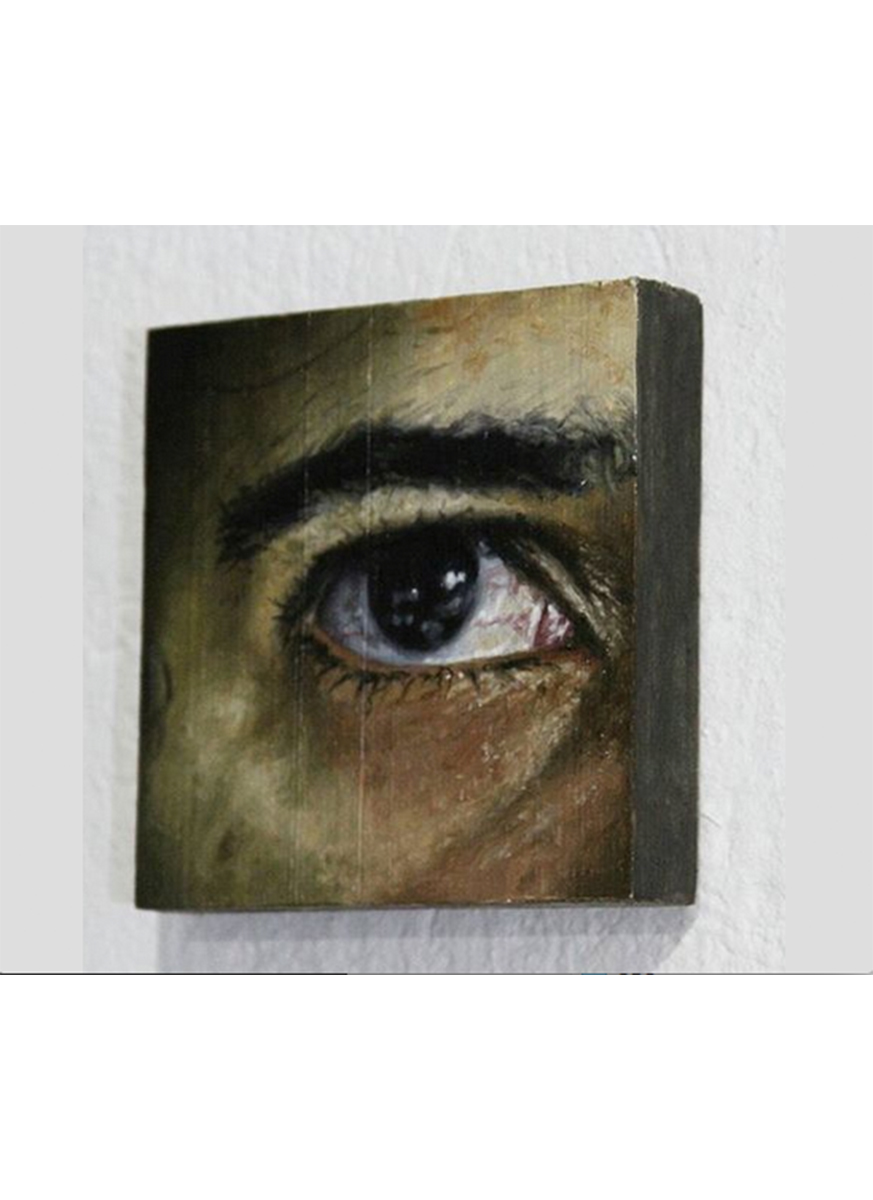
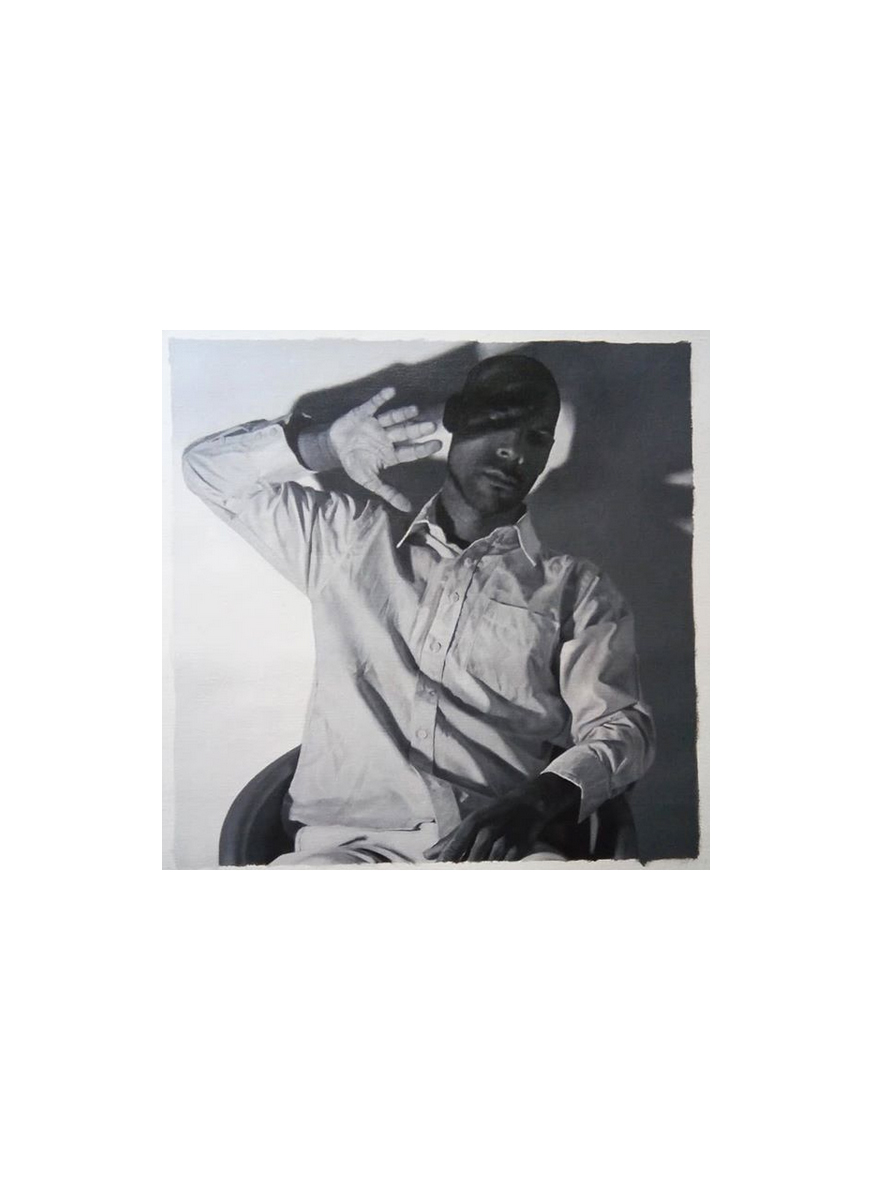
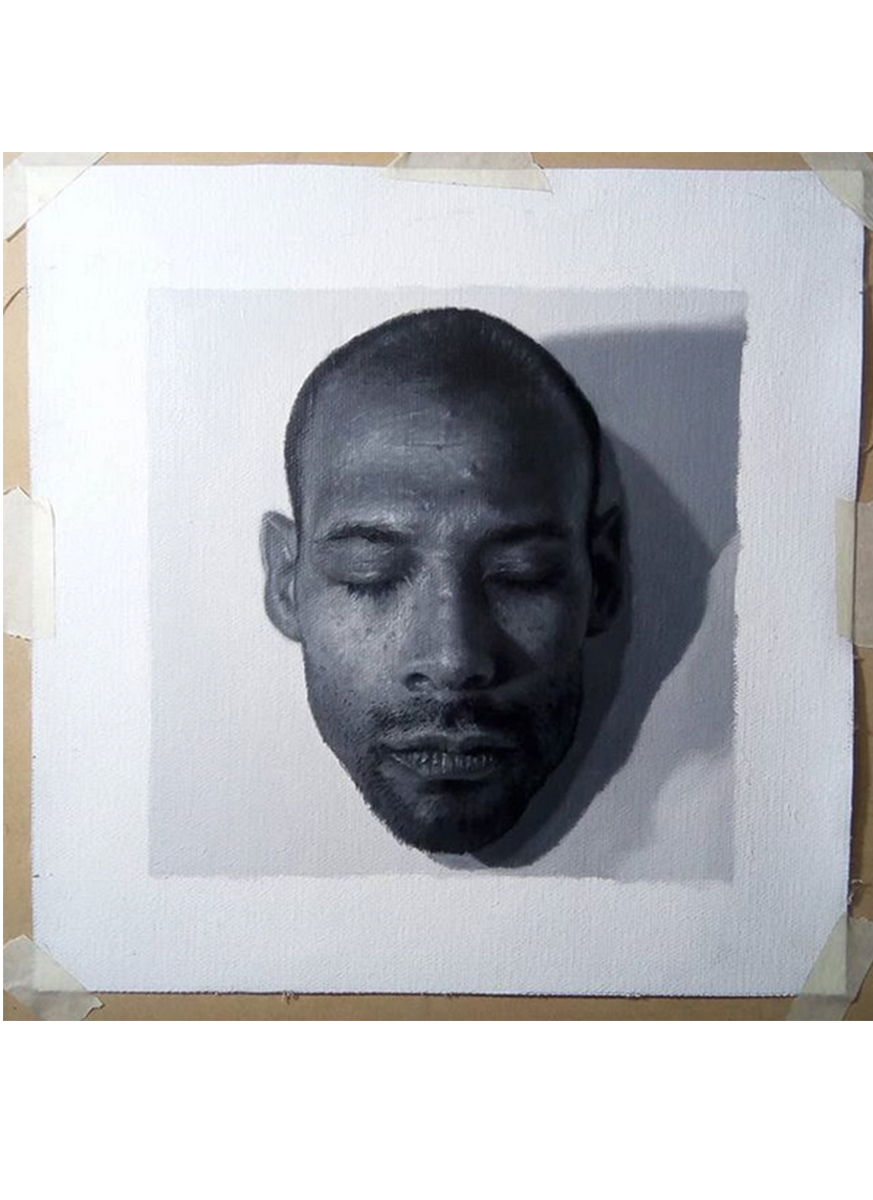
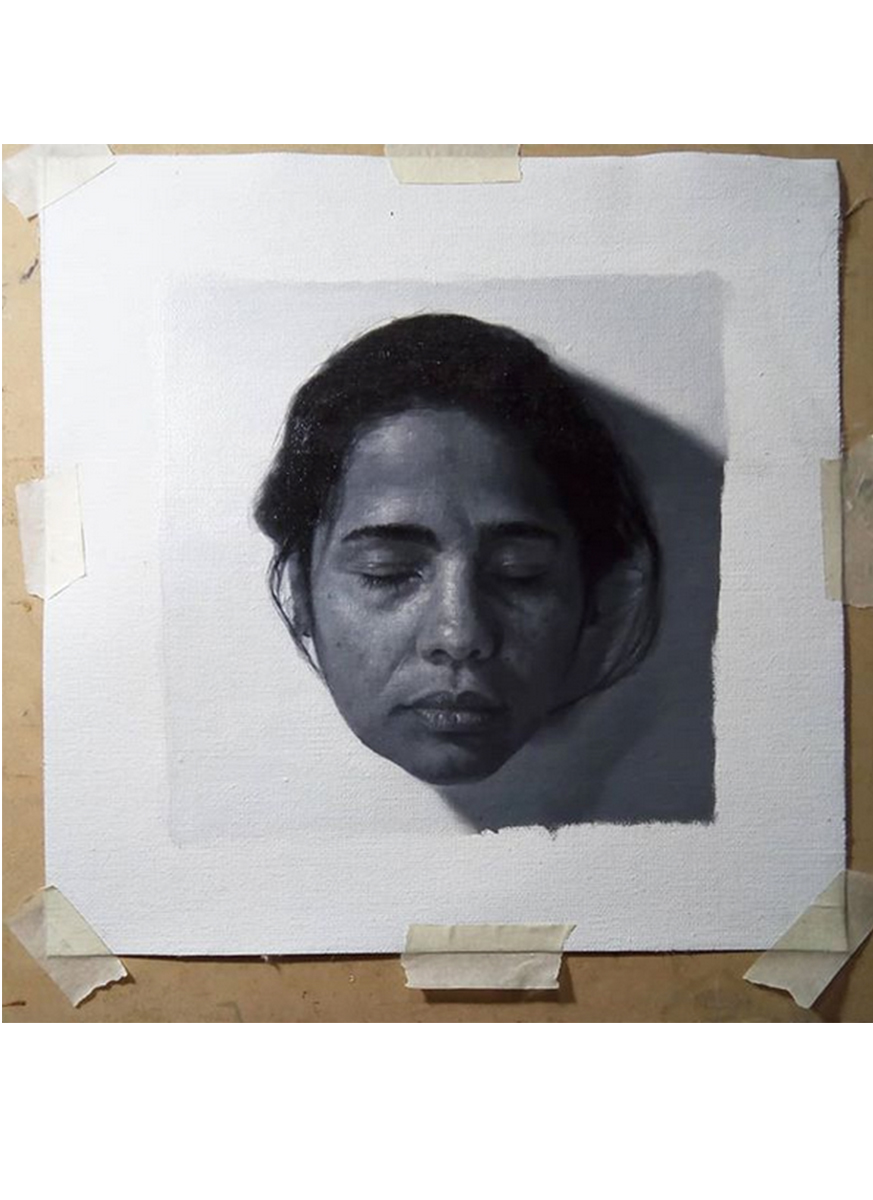
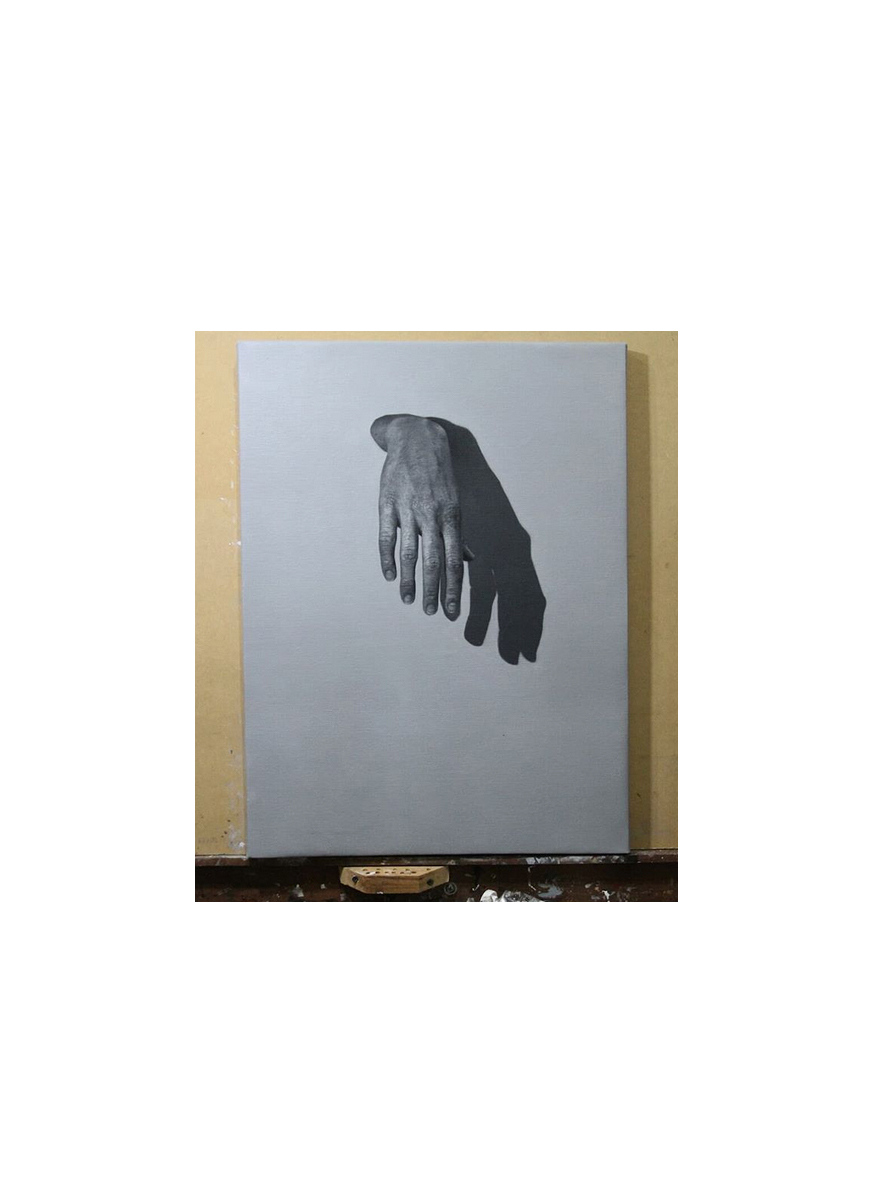
Hecdwin Carreño. Caracas, 1993.
“It must be said now that the portrait is an axis in Carreño’s trajectory. At first the self-portrait was for him a certainty about himself (impossible to give certainty about the rest, it was said) although with time he separated himself from the danger of saturation in his own image. But to portray another person who was different from him was too artificial and, even though he recognized that all art is fiction, he needed to create more personal links than fictional ones, making the face of others as endearing as the image of himself. And so Otras formas de autorretrato (Other forms of self-portrait) emerged, one of the origins of the current exhibition. There he began to paint beings that were special to him, as if continuing his self-portraits but in interposed semblants. His closest friends – family, friends – are the first circuit. And to paint intensely his own is a way (at the same time less and more disturbing) of continuing to narrate himself.
If he had needed those close ones for life, now he needed them for the act of painting. For him, painting means giving truth (existence, corporeality). When faced with the question of verisimilitude that haunted him, his best answer was painting, which he found to be a true act. With the portraits he chooses painting as his redoubt, his limited zone of reality -even precarious- in the middle of the universe of images (and of unknown or anonymous beings) that move in the even more precarious virtual universe. His characters also, and inevitably, reach us as a representation of a broader humanity, since Carreño projects himself towards different circuits, as in concentric circles that open up from the self, but also as wanting to find -and bring with him- new certainties of Meaning that can only come from others, the always different ones that populate the world.
Are the series Cabezas flotantes and Fragmentos an “inhuman hunt” or rather a concentration on the human, on its essentiality, on its corporeality? Perhaps a sure sign of its unavoidable incompleteness but, at the same time, a sign of survival (as well as of the survival, here, of painting)? In Fragmentos, an eye or a hand or an arm could remind us of the studies of the classics that segmented the body to study its forms. But Carreño is a modernist, and he is aware of the value of the fragmentary in itself, and also of its metaphorical and metonymic power to say the one for the other, the whole for the part. In the series Proxemia, the hands half-cover the faces of characters who seem to want to hide, and rather dis-approach them as if to say stop, putting some limit to that double closeness: first the most direct of the camera, then that of the brush. [1]
Isolating the heads, making them float, is another way in which Carreño confronts painting with reality. With his volumes and shadows he borders here on the dramas of separation, mutilation, and alienation. Almost all of these heads can be seen with their eyes closed, in what could perhaps suggest voluntary blindness, surrender and surrender. Only one character (No. 2), a man with dark eyes and a penetrating gaze, makes us think of a certain balance in seeing, or perhaps a certain urgency to be alert. In the middle of the rigorous frontality of the majority, the subtle inclination of the Heads 6 and 7 stands out and, of this last one, the barely outlined smile, that even in its tenuity seems to put some differences. Are they portraits that dialogue among themselves? Do those eyes tell us that the conscious vision is necessary unlike the one of so many that do not want (or do not know, or cannot) see? What does the slightest appearance of that smile contribute in this universe of the human and the inhuman thing?
1] The photography with which he registers his characters is only a base in the process, a first realistic tool that allows him to create, later, pictorial bodies in ranges of gray, with an immobile appearance and a hyper-realistic context (or, in other cases, with a mobile appearance, as it happened in the portraits of his series Desplazamientos)”.
Fragment of text written by Maria Elena Ramos. 2019
Instagram: @hcarreno_arte
